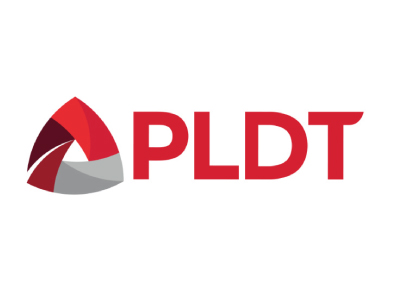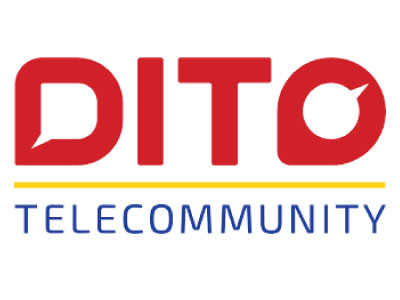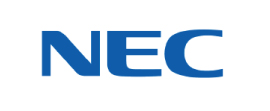-
Unlocking the Power of Digital Transformation
Transform Your System Now! -
Empowering Networks
Review Your Network Now -
Redefining Connectivity
Assess Your Connectivity Now -
Your Gateway to Digital Excellence
Build Your Digital Platform Now!
- What We DO
We take pride in delivering high performance reliable products, designed and manufactured in full compliance with the latest international standards .
- Cloud Services
- Servers and HCI
- Windows Licenses
- Network/Cyber Security
- Network Equipment
- FOC & Copper Cables
- Data Center Solutions
- Computers & Peripherals
- Software Licenses
- Auxiliaries
We deliver system integration services, focusing on creating new business values and improving ICT infrastructure. We offer survey, planning, recommendation, installation, testing, commissioning, maintenance & support.
- Data Center Solutions
- Structured Cabling Systems
- Wireless LAN + Data Network
- PABX & VOIP Systems
- CCTV Systems
- CLOUD CCTV
- UPS Systems
- Access Control System
- FDAS & Public Address
- Nurse Call & Master Clock
Our Managed Services team has specialized roles for handling various aspects of your day-to-day operations.
We provide a wide range of support packages that we can customize based on your business needs and your end users’ requirement.
- Managed WiFi Systems
- Managed CCTV Systems
- Managed PABX
- Managed Firewall
- Managed IT
Our Managed Services team has specialized roles for handling various aspects of your day-to-day operations.
We provide a wide range of support packages that we can customize based on your business needs and your end users’ requirement.
- Power Solutions
- Remote Monitoring System
- In-building Solutions
- OSP-ISP
- Our Solutions
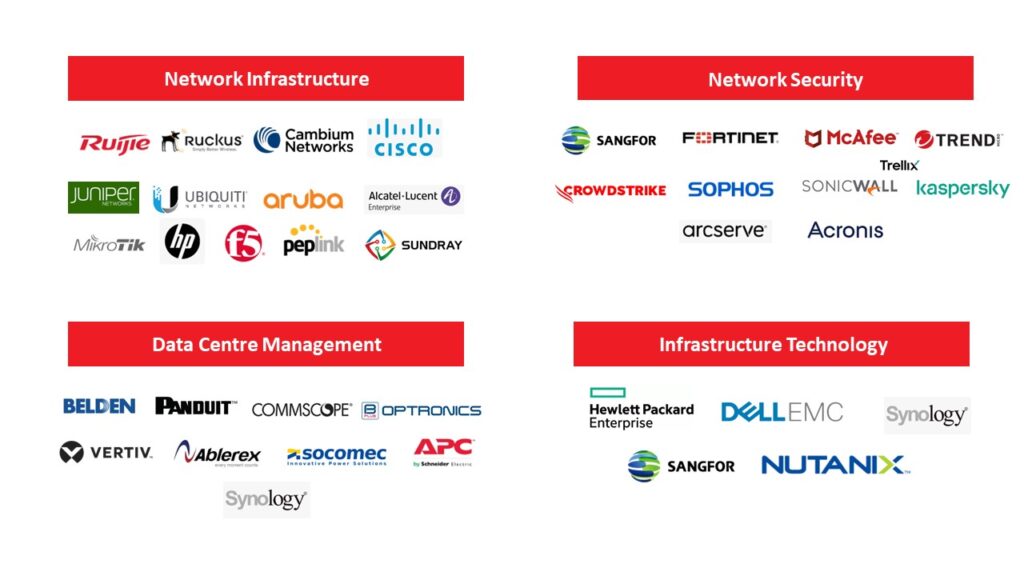
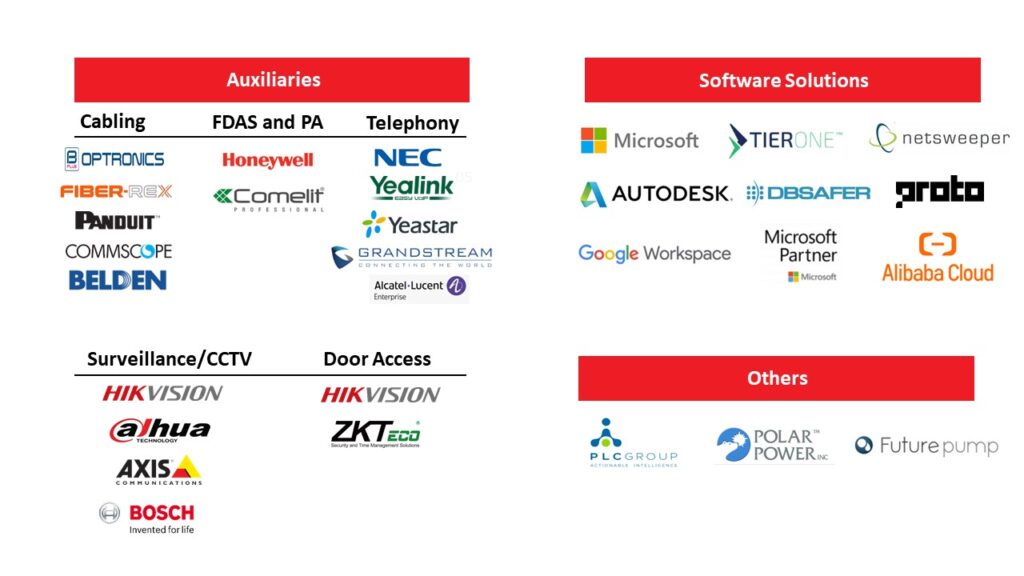
- Our Working Methodology
Initial Assessment and Planning
– Conduct an initial assessment of the client’s ICT requirements, goals, and existing infrastructure.
– Collaborate with the client to define project scope, objectives, deliverables, and timelines.
– Develop a detailed project plan outlining tasks, resources, and milestones.
Requirement Gathering and Analysis
– Conduct thorough discussions and interviews with key stakeholders to understand their specific ICT needs.
– Analyze existing systems, processes, and workflows to identify areas for improvement and optimization.
– Document and prioritize requirements based on business needs and technical feasibility.
Solution Design and Proposal
– Design an ICT solution that aligns with the client’s requirements, budget, and industry best practices.
– Prepare a detailed proposal outlining the recommended solution, including hardware, software, and implementation strategy.
– Present the proposal to the client, addressing any questions or concerns and obtaining their approval.
Procurement and Deployment
– Collaborate with the client to procure necessary hardware, software licenses, and other ICT resources.
– Coordinate with vendors and suppliers to ensure timely delivery and installation of equipment.
– Configure and deploy the ICT solution, ensuring compatibility, security, and integration with existing systems.
– Conduct thorough testing to verify the functionality, performance, and reliability of the deployed solution.
Training and Knowledge Transfer
– Develop and deliver comprehensive training programs to educate end-users on the effective use of the new ICT systems.
– Provide documentation and user manuals to support the training process and serve as a reference for future use.
– Offer ongoing support and assistance to address any questions or issues that arise during the transition period.
Project Evaluation and Closure
– Conduct a thorough evaluation of the project’s success against defined objectives and deliverables.
– Seek feedback from the client to assess their satisfaction with the implemented ICT solution.
– Prepare a comprehensive project closure report, including lessons learned and recommendations for future projects.
– Hand over all relevant documentation, licenses, and access credentials to the client.
Maintenance and Support
– Establish a proactive maintenance plan to ensure the ongoing performance and security of the ICT systems.
– Regularly monitor systems for potential issues, applying patches, updates, and security measures as needed.
– Provide timely technical support and troubleshooting services to address any system failures or user concerns.
– Conduct periodic system audits to identify areas for improvement and recommend upgrades or enhancements.
- Our Clientele
